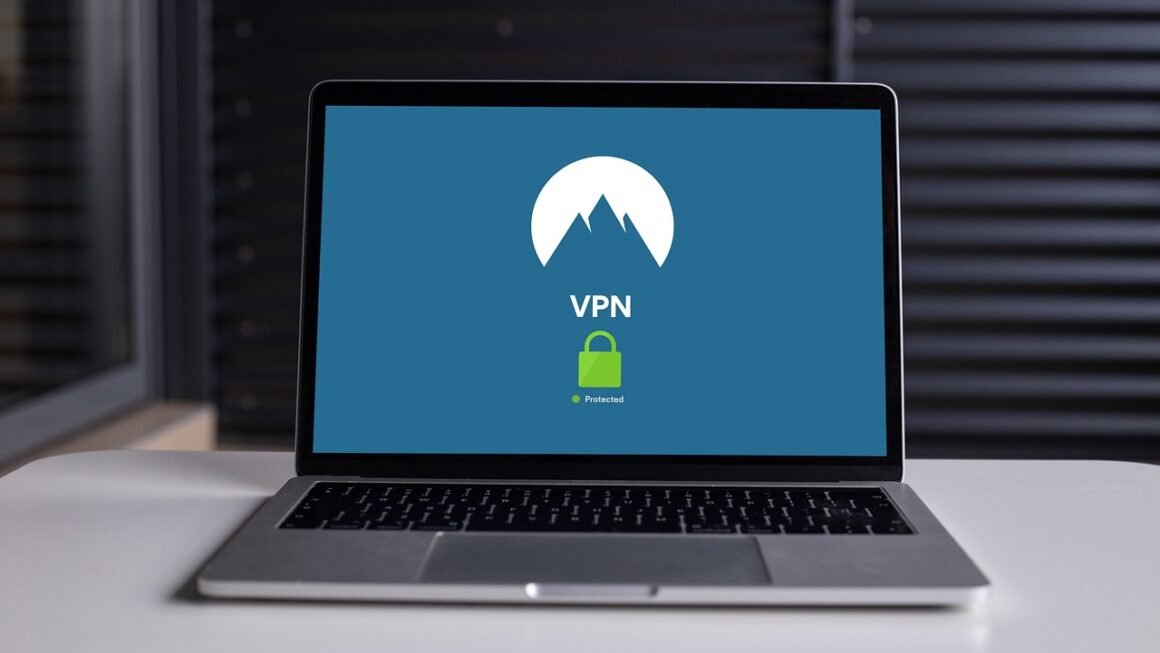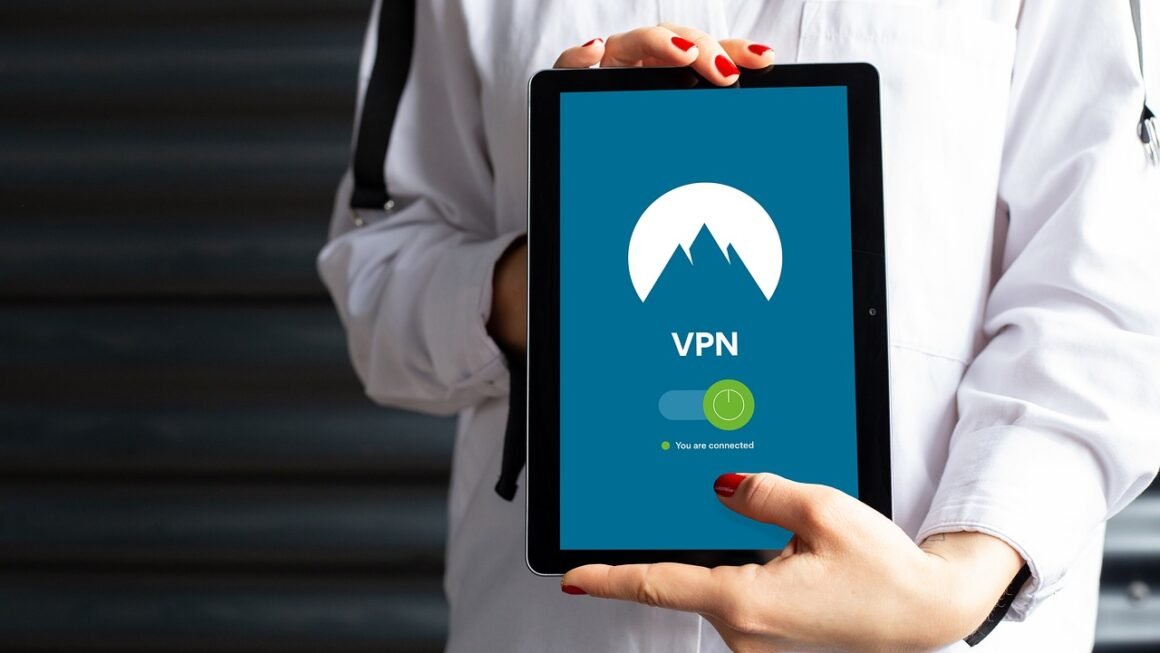Imagine waking up to find your bank account drained, your business network locked down, or sensitive personal information plastered across the internet. This isn’t a scene from a dystopian movie; it’s the grim reality facing individuals and organizations increasingly targeted by cyber attacks. In today’s digital age, understanding the nature of these threats and how to defend against them is no longer optional – it’s crucial for survival. This post delves into the world of cyber attacks, equipping you with the knowledge to stay protected.
Understanding the Landscape of Cyber Attacks
The threat landscape is constantly evolving, with attackers developing increasingly sophisticated methods. It’s no longer a matter of if you’ll be targeted, but when. Understanding the different types of attacks is the first step toward effective cybersecurity.
Common Types of Cyber Attacks
- Malware: This is a broad term encompassing various malicious software designed to infiltrate and damage computer systems.
Viruses: Self-replicating code that attaches itself to legitimate files and spreads rapidly.
Worms: Standalone malicious programs that can spread without human intervention.
Trojans: Disguised as legitimate software, but secretly perform malicious actions in the background. Example: A fake software update that installs ransomware.
Ransomware: Encrypts a victim’s files, demanding a ransom payment for the decryption key. The Colonial Pipeline attack in 2021 is a prime example of the devastating impact ransomware can have.
Spyware: Secretly monitors and collects user data, such as passwords, credit card details, and browsing habits.
- Phishing: Deceptive emails, websites, or messages designed to trick users into revealing sensitive information.
Spear Phishing: Targeted attacks aimed at specific individuals or organizations, often using personalized information to increase credibility.
Whaling: Phishing attacks targeting high-profile individuals, such as CEOs or executives.
Example: An email appearing to be from your bank, requesting you to verify your account details by clicking a link, which leads to a fake website designed to steal your credentials.
- Denial-of-Service (DoS) and Distributed Denial-of-Service (DDoS) Attacks: Overwhelm a target server with traffic, rendering it unavailable to legitimate users.
DoS: Launched from a single source.
DDoS: Launched from multiple compromised computers (a botnet), making it more difficult to defend against.
Example: A DDoS attack targeting an e-commerce website during a Black Friday sale, preventing customers from accessing the site and making purchases.
- Man-in-the-Middle (MitM) Attacks: Intercept communication between two parties, allowing the attacker to eavesdrop or alter the data being transmitted.
Example: An attacker intercepting communication between a user and a website over an unencrypted Wi-Fi network, stealing login credentials.
- SQL Injection: Exploits vulnerabilities in database-driven applications, allowing attackers to execute malicious SQL code.
Example: An attacker injecting malicious code into a website’s search bar to bypass authentication and gain access to sensitive data stored in the database.
Statistics and Trends
Cybercrime is a lucrative business, and the numbers are staggering.
- The global cost of cybercrime is projected to reach $10.5 trillion annually by 2025 (Cybersecurity Ventures).
- Ransomware attacks increased by 62% globally in 2023 (SonicWall).
- Phishing attacks account for over 80% of reported security incidents (Verizon Data Breach Investigations Report).
- Small and medium-sized businesses (SMBs) are increasingly targeted, as they often lack the robust security measures of larger enterprises.
- Actionable Takeaway: Stay informed about the latest threat trends and invest in security solutions that address the most prevalent risks.
Protecting Your Personal Information
Cybersecurity isn’t just for businesses. Protecting your personal information is essential in today’s connected world.
Strong Passwords and Multi-Factor Authentication (MFA)
- Strong Passwords: Use complex passwords that are at least 12 characters long, containing a mix of uppercase and lowercase letters, numbers, and symbols.
Avoid: Common words, personal information (birthdates, names), and easily guessable patterns.
Use a password manager: Tools like LastPass, 1Password, and Bitwarden can generate and store strong passwords securely.
- Multi-Factor Authentication (MFA): Adds an extra layer of security by requiring a second form of verification, such as a code sent to your phone or a fingerprint scan.
Enable MFA: Whenever possible, especially for critical accounts like email, banking, and social media.
Beware of Phishing Scams
- Be skeptical of unsolicited emails and messages: Especially those asking for personal information or directing you to click on links.
- Verify the sender’s address: Check for misspellings or unusual domain names.
- Hover over links before clicking: To see the actual URL they lead to.
- Never enter sensitive information on unencrypted websites: Look for “https” in the address bar and a padlock icon.
- Report suspicious emails: To your email provider or the Anti-Phishing Working Group (APWG).
Keep Software Up-to-Date
- Enable automatic updates: For your operating system, web browser, and other software.
- Install security patches promptly: These patches often address vulnerabilities that attackers can exploit.
- Actionable Takeaway: Implement strong password practices, enable MFA wherever possible, and stay vigilant against phishing scams.
Securing Your Business
For businesses, a cyber attack can have devastating consequences, including financial losses, reputational damage, and legal liabilities.
Implement a Cybersecurity Framework
- NIST Cybersecurity Framework: A widely recognized set of guidelines and best practices for managing cybersecurity risks.
- ISO 27001: An international standard for information security management systems (ISMS).
Conduct Regular Security Assessments
- Vulnerability Scanning: Identify weaknesses in your systems and applications.
- Penetration Testing: Simulate real-world attacks to assess the effectiveness of your security controls.
- Risk Assessments: Identify, analyze, and prioritize cybersecurity risks.
Employee Training and Awareness
- Educate employees: About common cyber threats and best practices for staying safe online.
- Conduct regular phishing simulations: To test employee awareness and identify areas for improvement.
- Establish clear security policies and procedures: And ensure that employees understand and follow them.
Incident Response Plan
- Develop a comprehensive incident response plan: That outlines the steps to take in the event of a cyber attack.
- Regularly test and update the plan: To ensure that it remains effective.
- Include:
Clearly defined roles and responsibilities.
Procedures for identifying, containing, and eradicating threats.
Communication protocols for notifying stakeholders (employees, customers, regulators).
- Actionable Takeaway: Adopt a cybersecurity framework, conduct regular security assessments, and invest in employee training. Have a well-defined and tested incident response plan.
The Future of Cyber Security
The landscape of cybersecurity is constantly evolving. New threats are emerging all the time, and organizations need to stay ahead of the curve.
Emerging Technologies and Threats
- Artificial Intelligence (AI): AI is being used by both attackers and defenders. Attackers are using AI to automate attacks and create more sophisticated phishing campaigns. Defenders are using AI to detect and respond to threats more quickly and effectively.
- Internet of Things (IoT): The proliferation of IoT devices creates new attack surfaces. IoT devices are often poorly secured, making them easy targets for attackers.
- Cloud Computing: Cloud computing offers many benefits, but it also introduces new security risks. Organizations need to carefully secure their cloud environments.
The Importance of Proactive Security
- Threat Intelligence: Collect and analyze information about emerging threats to proactively identify and mitigate risks.
- Security Automation: Automate repetitive security tasks to improve efficiency and reduce human error.
- Zero Trust Security: A security model that assumes that no user or device is trusted by default, requiring strict verification for every access request.
- *Actionable Takeaway: Embrace proactive security measures, leverage emerging technologies responsibly, and stay informed about the evolving threat landscape.
Conclusion
Cyber attacks pose a significant threat to individuals and organizations alike. By understanding the different types of attacks, implementing strong security measures, and staying informed about the latest threats, you can significantly reduce your risk. Cybersecurity is an ongoing process, not a one-time fix. Continuous vigilance and adaptation are crucial for staying ahead of the ever-evolving threat landscape. The future demands a proactive and informed approach to digital security.



